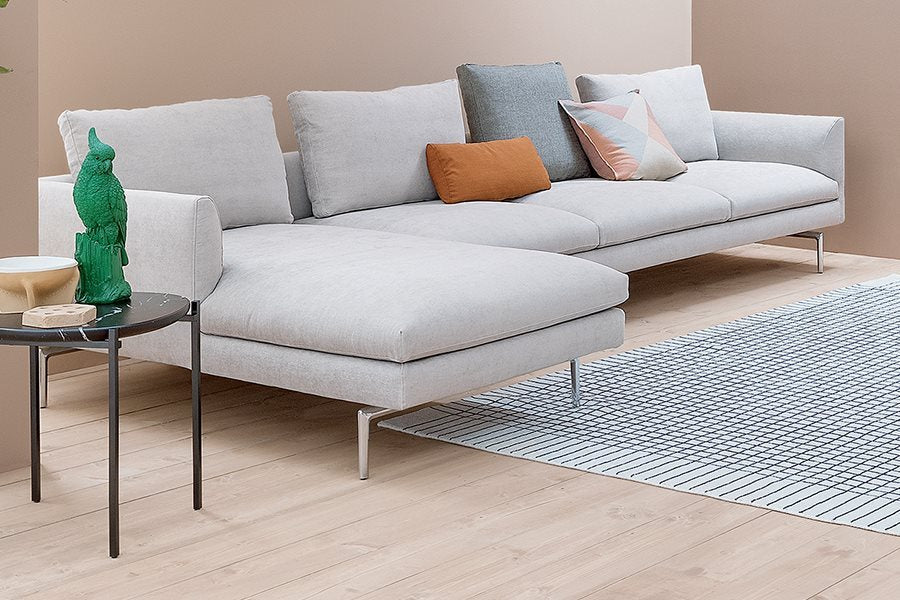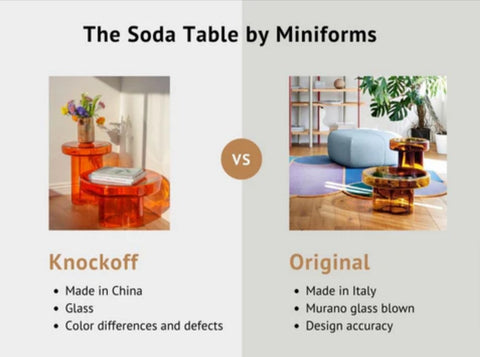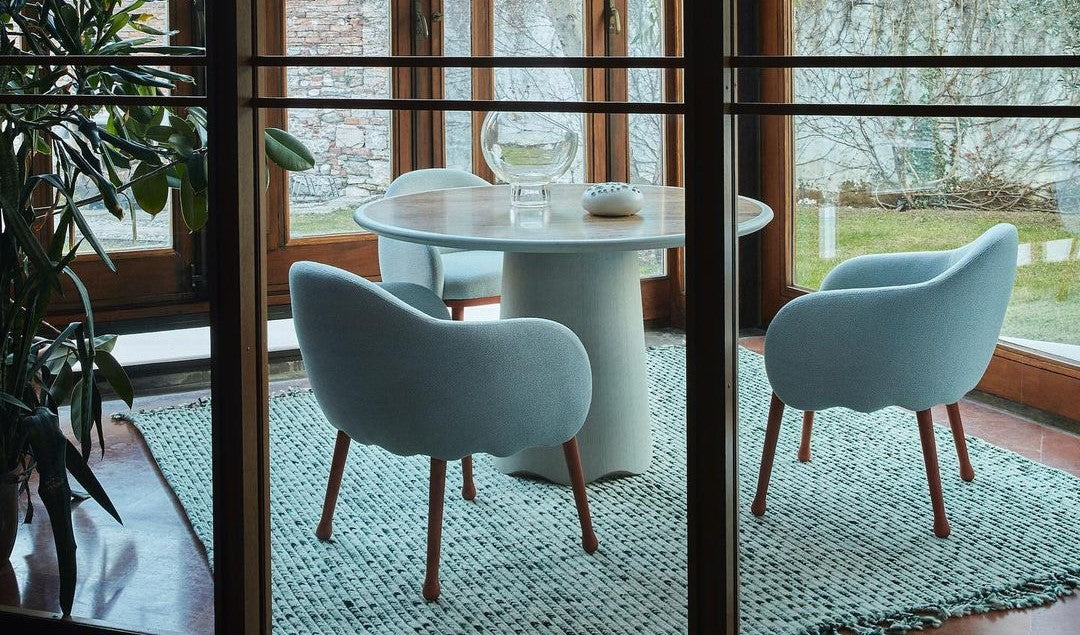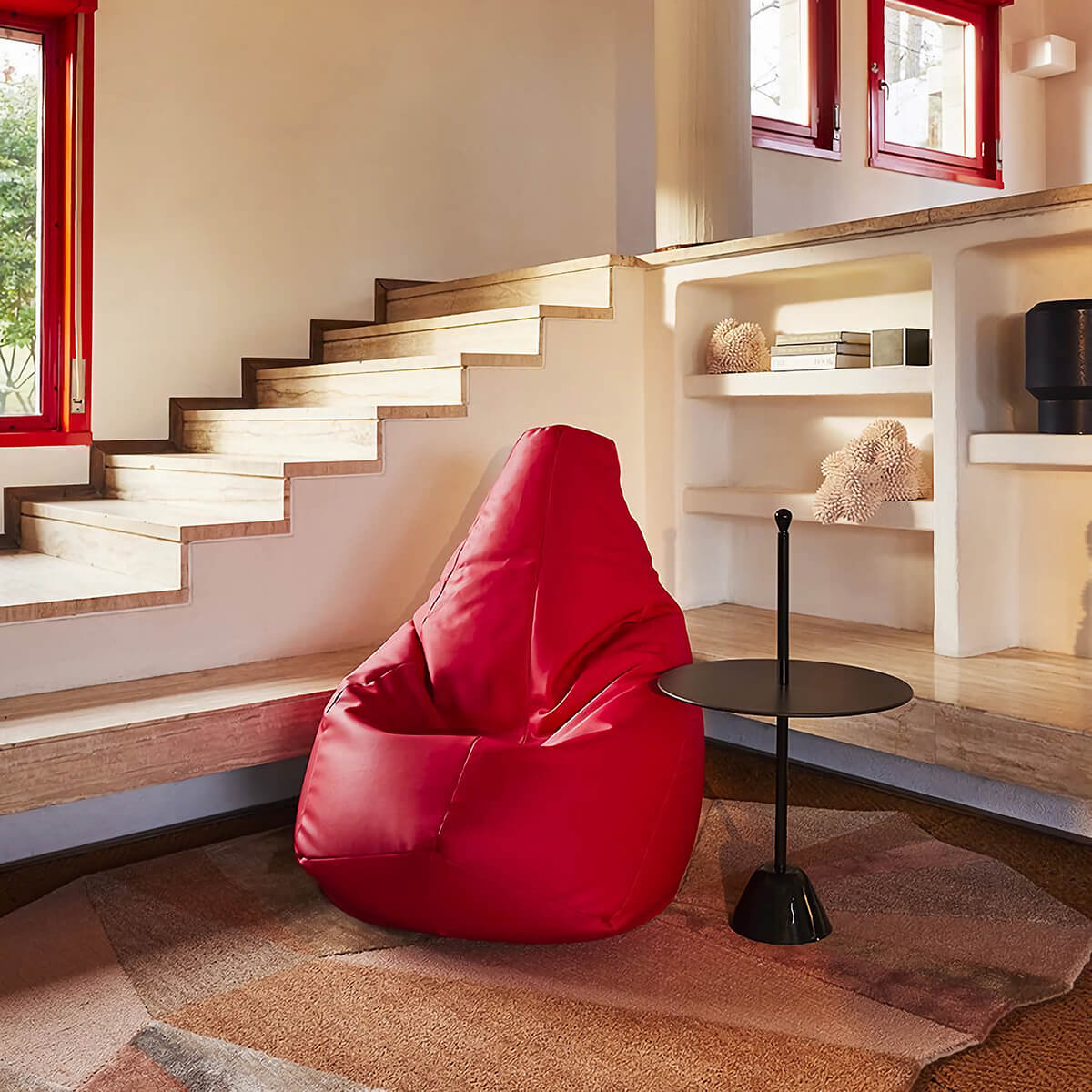
The Art of Identifying Genuine Luxury Furniture: An In-depth Guide
How to Identify Pieces from Luxury Furniture Brands
In the intricate tapestry of interior design, selecting furniture is an art that intertwines aesthetics, functionality, and authenticity. Genuine luxury furniture stands as a testament to impeccable craftsmanship, design heritage, and material excellence—a legacy that transcends mere appearance. This guide delves deep into the world of luxury furniture, equipping design connoisseurs with the knowledge to distinguish authentic masterpieces from their deceptive counterparts.
The Essence of Luxury Furniture
Luxury furniture is more than just functional decor; it is an expression of refined taste and meticulous craftsmanship. Each piece tells a story of artistry, innovation, and enduring quality.
Key Hallmarks of Luxury Furniture
-
Craftsmanship & Artisanal Excellence: True luxury furniture is crafted by skilled artisans who blend traditional techniques with contemporary innovation, resulting in pieces that are both structurally sound and aesthetically captivating.
-
Material Integrity: Premium materials such as rare woods, fine metals, and high-grade leathers ensure longevity and elegance, allowing furniture to age gracefully over time.
-
Design Authenticity: Luxury furniture reflects a designer’s unique artistic vision, often carrying distinctive style elements that set the brand apart.
Navigating the World of Replicas
The demand for luxury furniture has fueled a market of replicas that mimic aesthetics but fall short in quality and craftsmanship. Understanding their impact is crucial for both consumers and design professionals.
The Consequences of Knock-offs
-
Diminished Craftsmanship: Replicas undermine the artisanship of authentic furniture, leading to lower overall quality.
-
Economic & Ethical Issues: Many replicas bypass fair labor practices and intellectual property rights, harming the design industry’s ecosystem.
How to Identify Authentic Luxury Furniture
Distinguishing genuine luxury furniture from imitations requires keen observation and an appreciation for detail.
Essential Indicators of Authenticity
-
Labels & Provenance: Authentic pieces feature brand stamps, artisan signatures, or serial numbers that verify their origins.

-
Superior Craftsmanship: Flawless construction, even stitching, and precisely joined elements are hallmarks of authenticity.
-
Premium Materials: Consistency in texture, color, and finish indicates the use of superior materials.
-
Design Consistency: Authentic brands maintain a cohesive design ethos across collections.
-
Price & Value: If a deal seems too good to be true, it probably is. Authentic luxury furniture is priced to reflect its craftsmanship and heritage.
-
Vendor Reputation: Purchasing from reputable dealers and showrooms ensures authenticity.

A Connoisseur’s Approach to Selection
Curating an authentic luxury furniture collection requires knowledge, vigilance, and appreciation for craftsmanship.
How to Make Informed Choices
-
Educate Yourself: Learn about the brands and designers whose work you admire.
-
Examine the Details: Scrutinize materials, construction, and finishing techniques.
-
Consult Experts: Seek insights from experienced interior designers or appraisers.
-
Immerse Yourself in the Experience: Luxury furniture selection is a tactile and visual journey—feel the textures, study the craftsmanship, and appreciate the design.

Final Thoughts
Curating a collection of genuine luxury furniture is both an art and a science, requiring aesthetic sensibility, historical knowledge, and an eye for detail. By understanding the intricacies of luxury craftsmanship, materials, and design, one can confidently invest in pieces that transcend trends and become timeless heirlooms. In doing so, we honor the legacy of artisans and designers dedicated to creating beauty that endures.
Written by Isaac Grey
Isaac Grey is an experienced digital marketing strategist and content creator specializing in sustainable living and eco-friendly design. Having collaborated with innovative green brands and environmental organizations, he combines deep knowledge of sustainable practices with engaging storytelling to inspire readers toward eco-conscious lifestyles.




